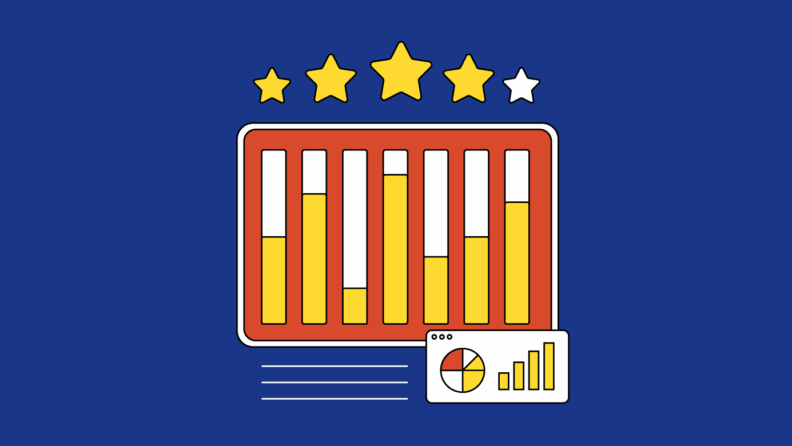The right CRM system streamlines workflows, enhances relationships, and boosts ROI; the wrong one wastes resources.
CRMs with flexible pricing and seamless plan upgrades support evolving business needs without hidden fees.
Choose CRMs offering easy data access and customizable reporting for well-informed business decisions.
Ensure CRMs integrate seamlessly with existing technologies to enhance workflows and customer interactions.
Opt for CRM vendors with robust onboarding and support to ensure swift adoption and user proficiency.
A CRM evaluation is the process of assessing different CRM solutions against your business needs, and it matters because it helps you choose the right system to streamline workflows, improve customer relationships, and maximize ROI.
Choosing the right tool is strategic for your team. Great CRMs save time, boost accuracy, and ensure compliance, directly impacting your ROI. But pick the wrong one, and you risk wasting resources, missing targets, and frustrating your team members.
This guide is for team leaders and decision-makers who want to make informed choices. Whether you're new to CRMs or looking to switch, I'll help you navigate the options. Let's ensure you find a CRM that aligns with your goals and avoids unnecessary pitfalls.
9 Things to Look for When Evaluating a CRM
Evaluate CRM solutions by focusing on key factors that can streamline your decision-making process. Here’s what to consider:
1. Plan Flexibility
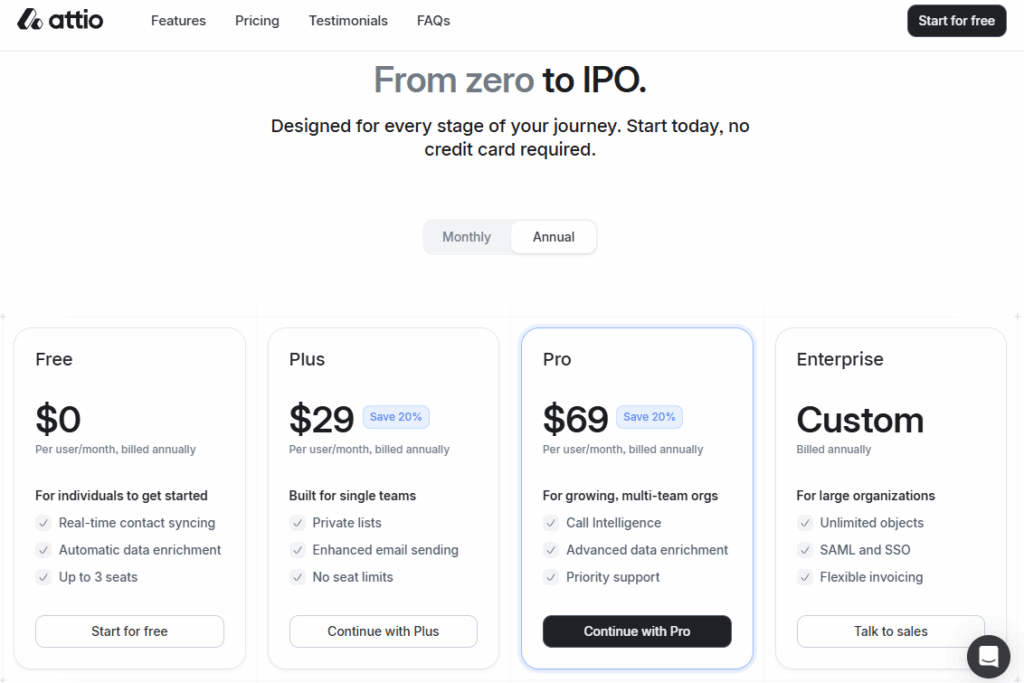
Plan flexibility lets your team adapt as needs change. You might start with a basic CRM solution, but as your business grows, you'll want the option to upgrade easily. Check if the provider allows seamless plan changes without penalties. Ask if there are hidden fees when upgrading or downgrading, and test this during a demo by inquiring about different scenarios.
2. Data Access and Reporting
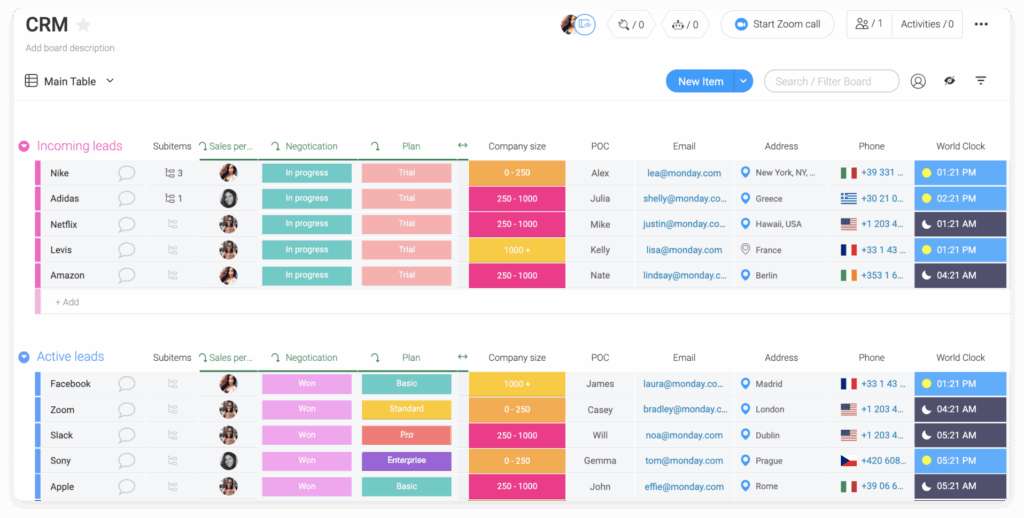
You need easy access to customer data and robust reporting features to make informed decisions. Look for CRM software offering customizable reports so you can focus on the metrics that matter. Avoid tools that limit data export options. During a trial, test the dashboards and reporting functionality to see how quickly you can generate what you need.
3. Integration with Your Tech Stack
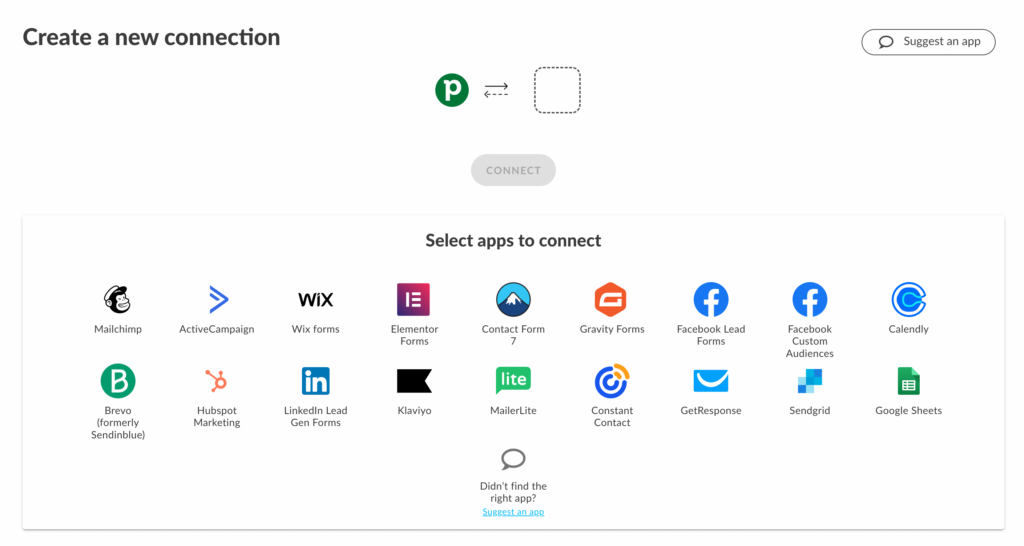
Your CRM platform should work well with the other apps you use. Check if it integrates with marketing software, lead management tools, or APIs. Poor integration disrupts workflows, while seamless connections can improve customer interactions and shorten your sales process.
4. Onboarding and Support
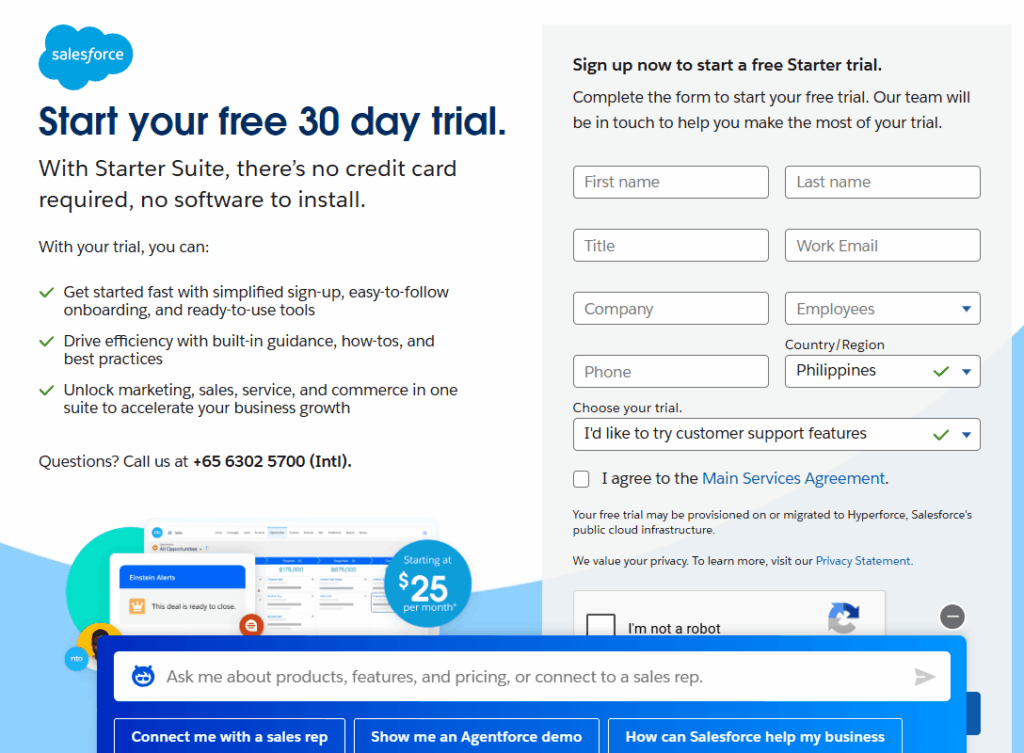
Good onboarding and customer support can make or break your experience. You want a CRM vendor that offers comprehensive training resources and a responsive help desk. Ask about support SLAs and whether additional help comes at an upfront cost.
5. Role-Based Permissions
Role-based permissions allow you to control who accesses what within the CRM system. This supports compliance and data security. Make sure you can adjust permissions quickly as stakeholders or roles change.
6. Industry-Specific Compliance
If your industry has specific compliance needs like GDPR, your CRM solution must meet them. Ask vendors how they protect customer information, and whether features like two-factor authentication are included to safeguard sensitive data.
7. Customization Options
Customization ensures the CRM fits your business needs. Look for systems that let you tweak dashboards, workflows, and fields. Rigid CRM tools can slow adoption, while flexible ones improve user experience and support long-term scalability.
8. Automation Features
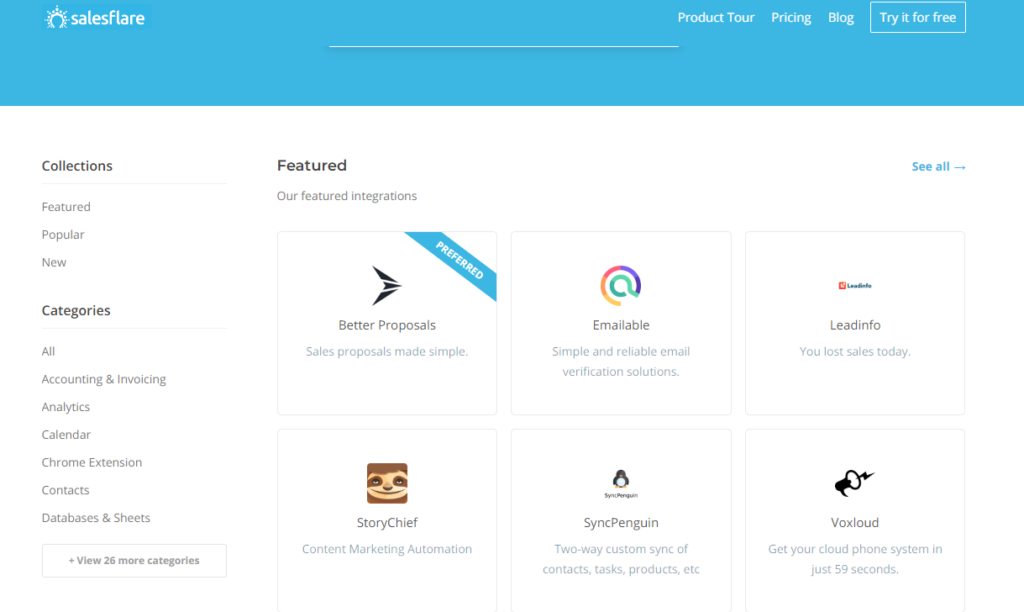
Workflow automation is a must-have. Automating follow-ups, forecasts, or lead tracking saves time and reduces manual errors. Ask vendors to demonstrate how their automation functionality works in real-world use cases.
9. Mobile or Multi-Location Support
If your salespeople or remote team members need access anywhere, verify the CRM has a mobile app with real-time data. Test whether the mobile app provides the same functionality as the desktop.
How to Choose a CRM: A 5-Step Framework
Selecting the right CRM evaluation tool means aligning it with your business goals and daily operations. You should focus on practical aspects that directly impact your workflow and efficiency. Here’s a framework:
Step 1: Identify Your Needs
Start by defining your team's needs as the first step in selecting CRM evaluation software. This involves gathering input, listing pain points, aligning requirements, and differentiating features:
Gather Input from Stakeholders
Consult with key stakeholders across sales, marketing, and IT to understand their needs and challenges. Each department may have unique requirements that your CRM must address. Hold meetings or send surveys to collect their input. This ensures the CRM will support all aspects of your business.
List and Prioritize Pain Points
Document pain points with your current CRM system. Are there inefficiencies in data entry or communication breakdowns? Create a list and rank them by impact and frequency. This helps you focus on finding a CRM that addresses the most pressing issues first.
Align with Policies and Protocols
Align with compliance and data security protocols. Check if there are specific compliance standards your CRM must meet, like GDPR. This alignment prevents future conflicts and ensures smooth integration with your existing systems.
Differentiate Must-Have vs. Nice-to-Have Features
Separate essential vs. nice-to-have CRM features. Must-have features might include data reporting, integration capabilities, or user permissions. Nice-to-have features could be advanced analytics or mobile support. This differentiation helps you focus on core needs first.
Ask These Questions:
- What complaints or blockers come up most often?
- What needs aren't being met today?
- What features would solve your top 3 pain points?
- What ROI are you expecting from this investment?
- Are there any compliance standards we must adhere to?
Step 2: Research CRM Evaluation Vendors
Researching CRM evaluation vendors is the next step in selecting the right software. This involves scanning vendors, comparing tools, identifying differentiators, and documenting findings. When researching CRM vendors, also evaluate whether they offer or integrate with robust contract management solutions, because selecting contract management software that aligns with your CRM streamlines operations and gives CROs end-to-end visibility.
Conduct High-Level Vendor Scans
Scan review sites to identify CRM vendors with proven customer support. Look for details on customer satisfaction and success stories. This helps you shortlist vendors that consistently meet customer expectations. Keep an eye out for any red flags mentioned in reviews.
Compare Based on Business Needs
Compare CRM platforms based on functionality, integrations, and price. Some CRMs cater to small businesses, while others are better for large enterprises. Make sure the CRM supports your tech stack and can grow with your business.
Identify Key Differentiators
Look for differentiators like implementation support, user experience, and flexibility for niche use cases. Does the vendor offer hands-on setup assistance or a simple user interface? Check if the CRM can adapt to your specific industry needs. These factors can greatly impact your team's adoption.
Document Your Findings
Create an evaluation checklist to track features, costs, and provider strengths. This makes it easier to compare options side-by-side when making your final decision.
Ask These Questions:
- What does each tool do best?
- Does it fit your team size, budget, and stack?
- What support and documentation are available?
- How flexible is the tool for niche use cases?
- What are the vendor's implementation options?
Top CRM Evaluation to Consider
Here’s my list of the top 10 CRM evaluation options available, to help you get started in your search:
Step 3: Make a CRM Evaluation Shortlist and Reach Out
Narrow your vendor options and start conversations with potential partners as the third step in selecting CRM evaluation software. Here's how to proceed:
Shortlist 2-4 Vendors
Based on your research, narrow down to 2–4 potential CRMs. Consider factors such as your business size, feature set, and budget. This shortlist should include vendors that best meet your prioritized needs. Focus on those that offer the most value for your specific requirements.
Send an RFI or RFP
Send a Request for Information (RFI) or a CRM evaluation RFP to get clarity on the total cost of ownership, support, and onboarding. This helps you understand their offerings more comprehensively. Use this step to clarify any uncertainties and assess how well they match your needs. Be clear about your expectations and timelines.
Book Demos and Ask Questions
Use demos to assess dashboards, functionality, and ease of use. Pay attention to how the CRM addresses your pain points. Ask vendors to show specific features in action and test the user experience. This hands-on approach helps you visualize how the CRM will work for your team.
Use Consistent Evaluation Criteria
Apply the same evaluation criteria across all vendors to ensure a fair comparison. This includes assessing usability, feature set, and support options. Consistency in evaluation helps you make an informed decision without bias. Document your findings to compare vendors side by side.
Ask These Questions:
- Can you walk me through a real customer story like ours?
- What support or onboarding resources do you offer?
- What features require an upgrade?
- How do you handle data migration?
- Are there any hidden fees or charges?
Step 4: Build the Business Case
Turning your vendor research into a compelling business case is the fourth step in selecting CRM evaluation software. Here's how to make your case:
Summarize Pain Points and Outcomes
Present pain points, expected ROI, and key metrics. Highlight how the CRM will address specific issues and improve workflows. Be clear about the benefits, such as increased efficiency or better data management. This helps your leadership see the direct value of the investment.
Present Cost Estimates and Timelines
Find basic cost estimates from vendor websites or through direct inquiries. Check CRM evaluation pricing for a baseline. Highlight how the new CRM will enhance customer interactions, streamline manual tasks, and foster customer retention. Ensure your estimates are realistic to avoid surprises down the line.
Articulate ROI and Risks
Explain the ROI by detailing efficiency gains and potential revenue increases. Discuss the financial and operational risks of doing nothing, like lost opportunities or continued inefficiencies. Use data to support your claims, making it easier for leadership to understand the stakes involved.
Ask These Questions:
- What business problem will this solve?
- What are the risks of doing nothing?
- What are the financial and operational upsides?
- How does this align with our strategic goals?
- What is the expected timeline for seeing results?
Step 5: Implement Your CRM and Onboard Your Users
Plan a smooth onboarding process once you've selected a CRM vendor. Here's how to execute it effectively:
Communicate the Rollout Plan
Clearly communicate rollout plans to all team members. Use emails, meetings, or internal platforms to keep everyone informed. This ensures everyone knows what's happening and when. Highlight the benefits of the new CRM to encourage buy-in from your team.
Assign Internal Owners
Assign internal owners to guide the selection process. These individuals will coordinate with the vendor and manage internal queries. Having dedicated contacts helps streamline communication and resolve issues quickly. Select individuals familiar with the CRM and its intended purpose.
Ensure Consistent Training and Adoption
Ensure consistent training and leverage vendor knowledge bases. Use quizzes or practical exercises to reinforce learning and solidify understanding. Consistent use of the CRM is key to realizing its full benefits, so monitor usage and address any reluctance.
Create Feedback Loops
Track KPIs early to confirm ROI and adjust. Use surveys or regular check-ins to gather input. This helps identify areas for improvement and ensures the tool meets user needs.
Ask These Questions:
- What's the change management plan?
- Who's responsible for roll-out?
- How will you track early success?
- What resources will users need?
- How will feedback be collected and acted upon?
What’s Next
If you're evaluating CRM solutions, connect with a SoftwareSelect advisor for free recommendations.
They’ll help you create a CRM evaluation checklist, compare CRM solutions, and even support you through price negotiations and vendor selection.

